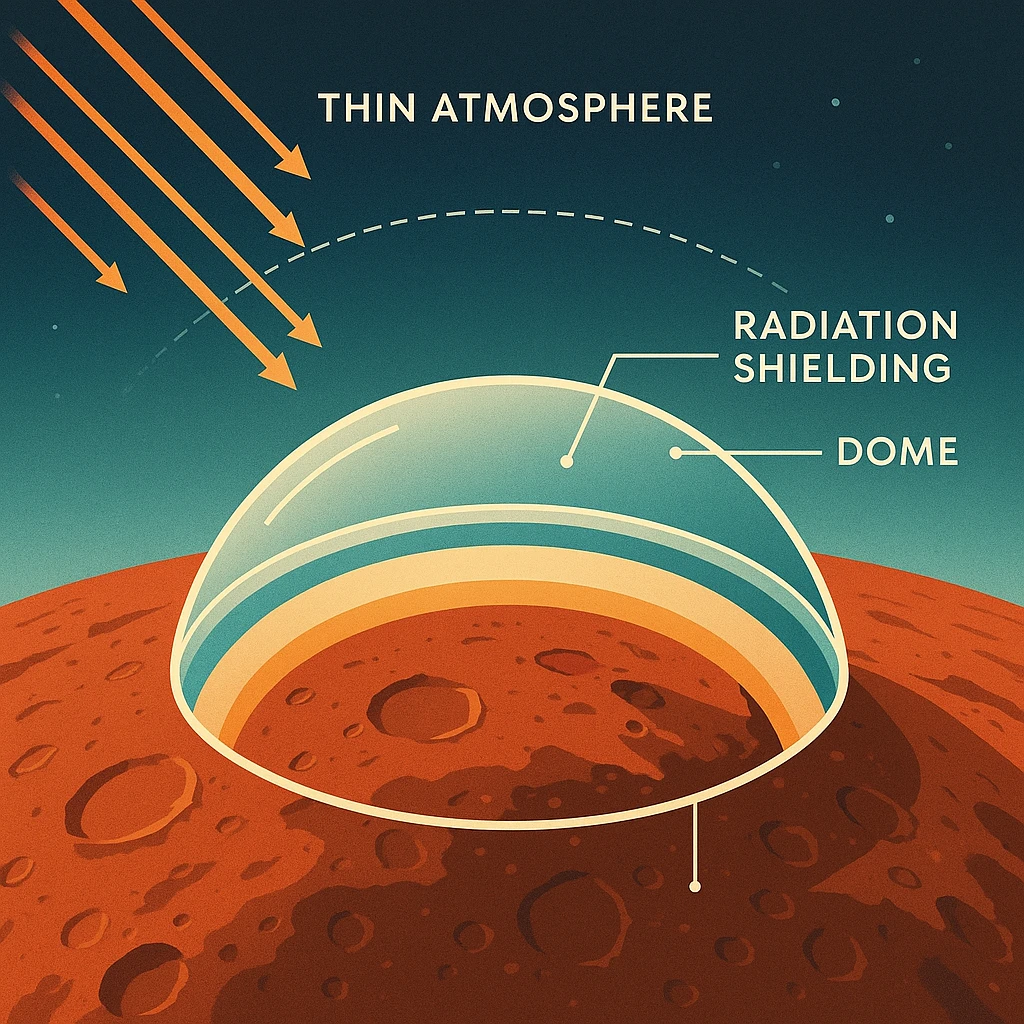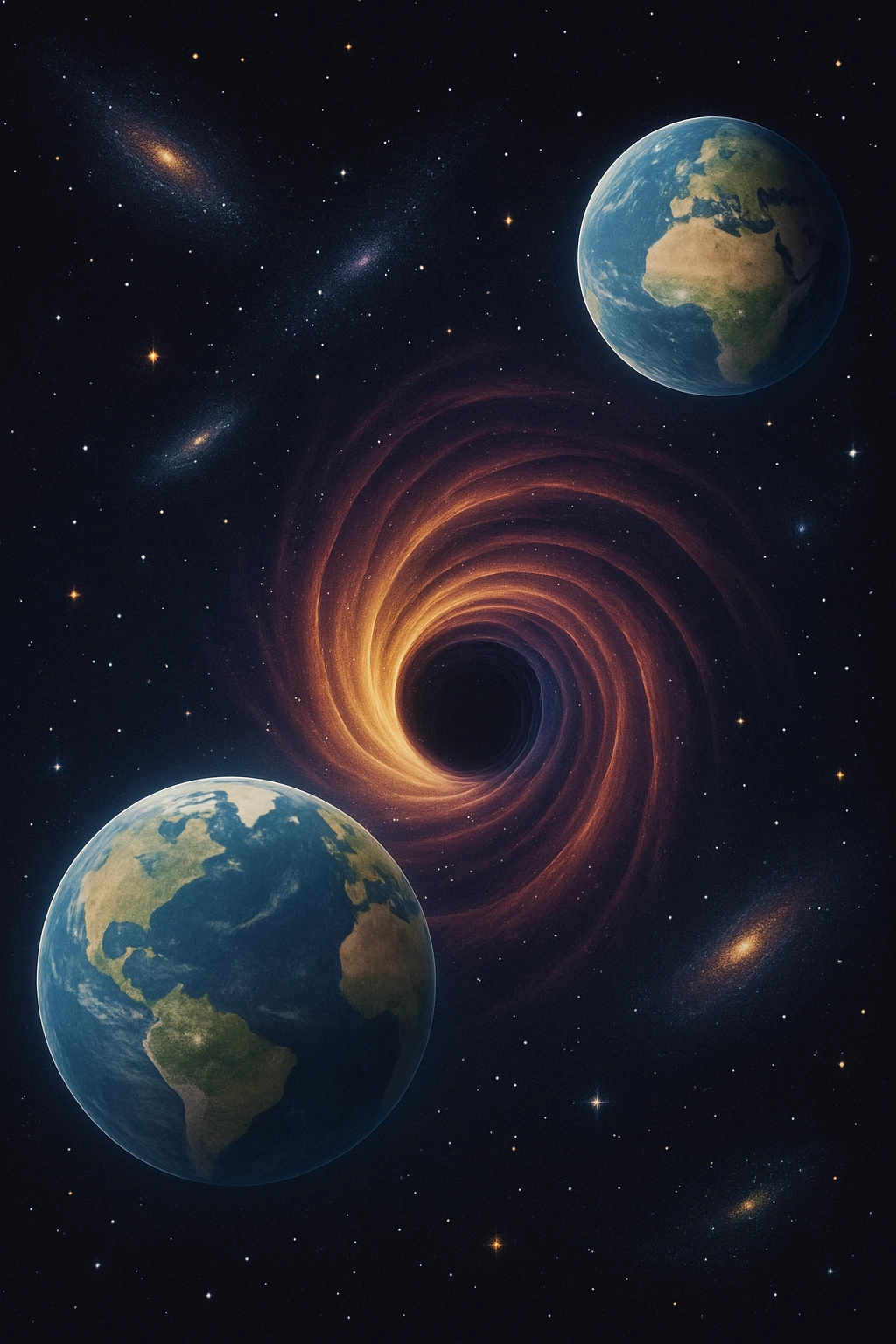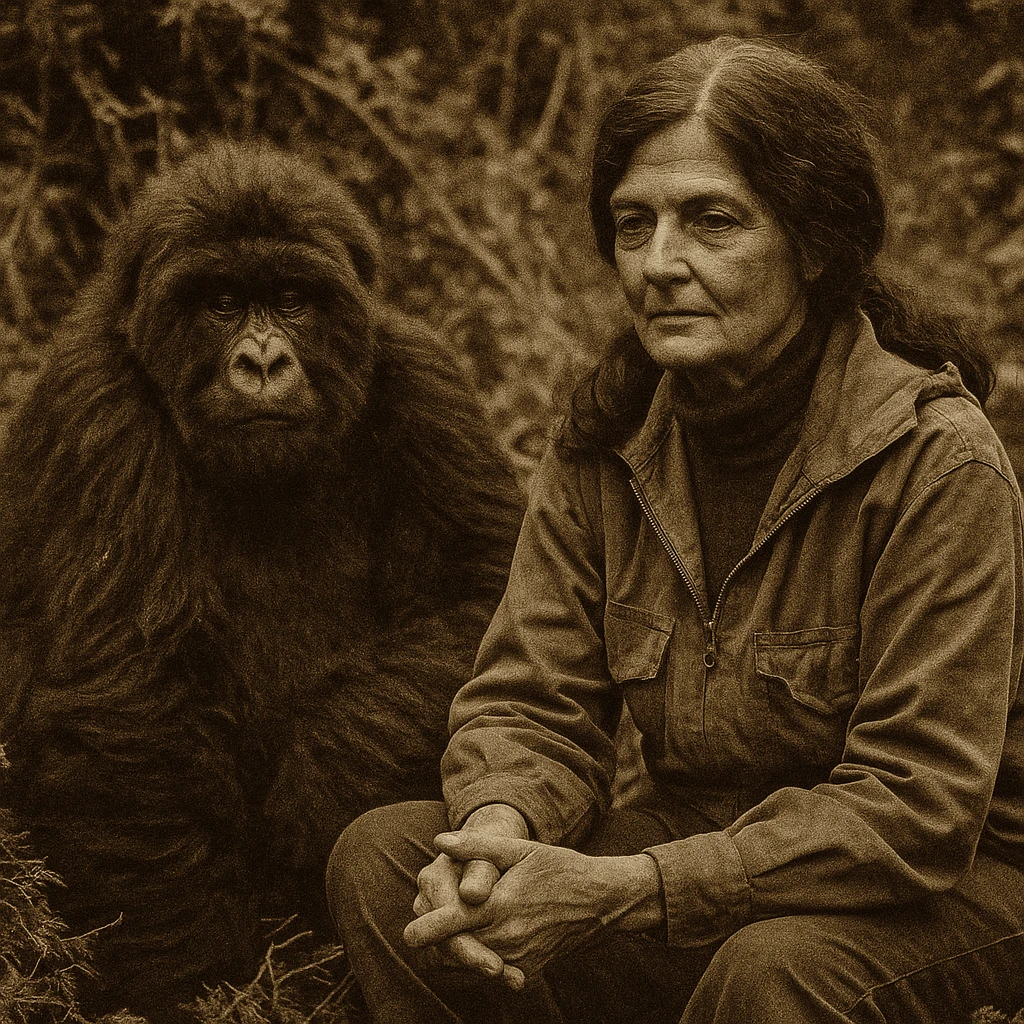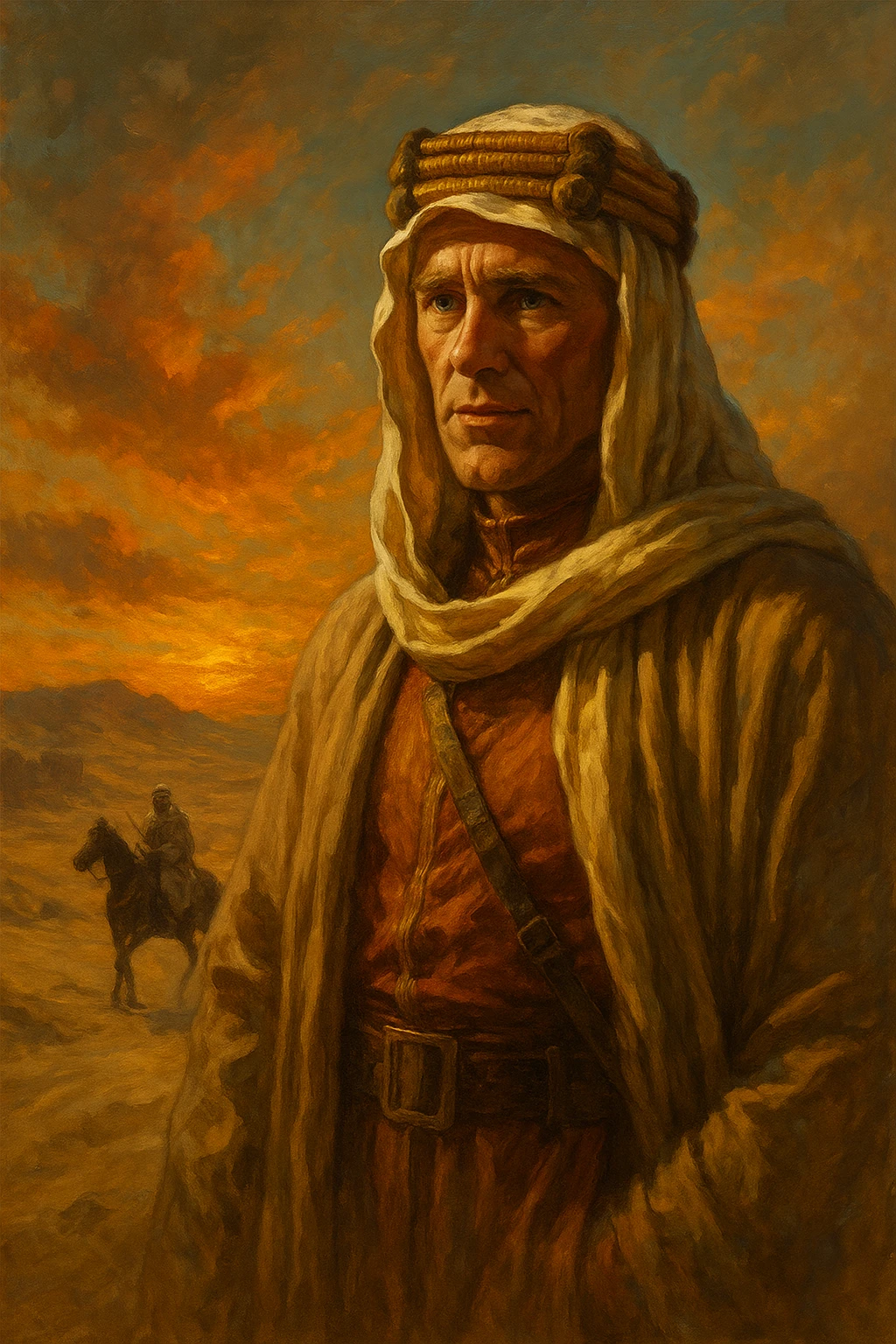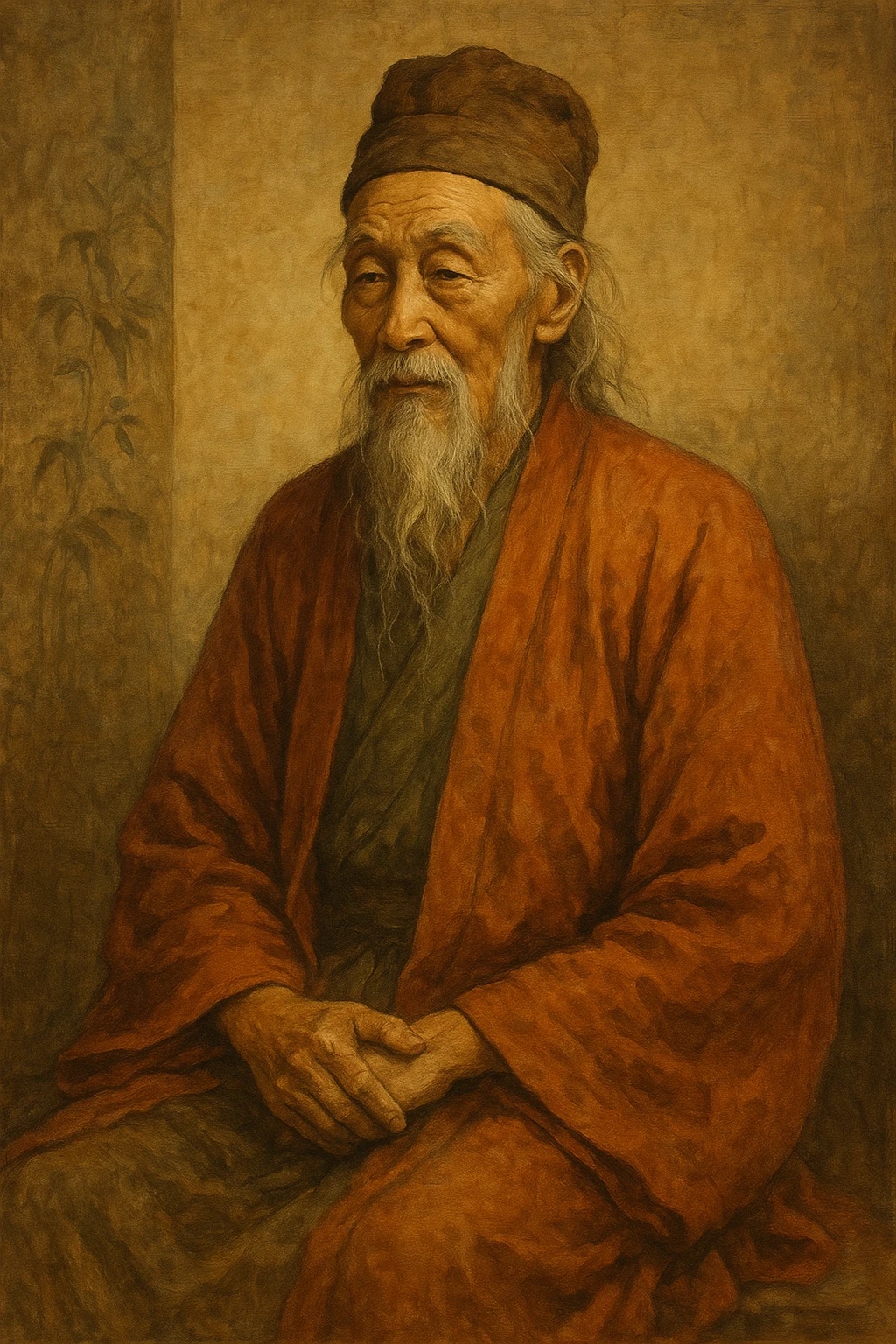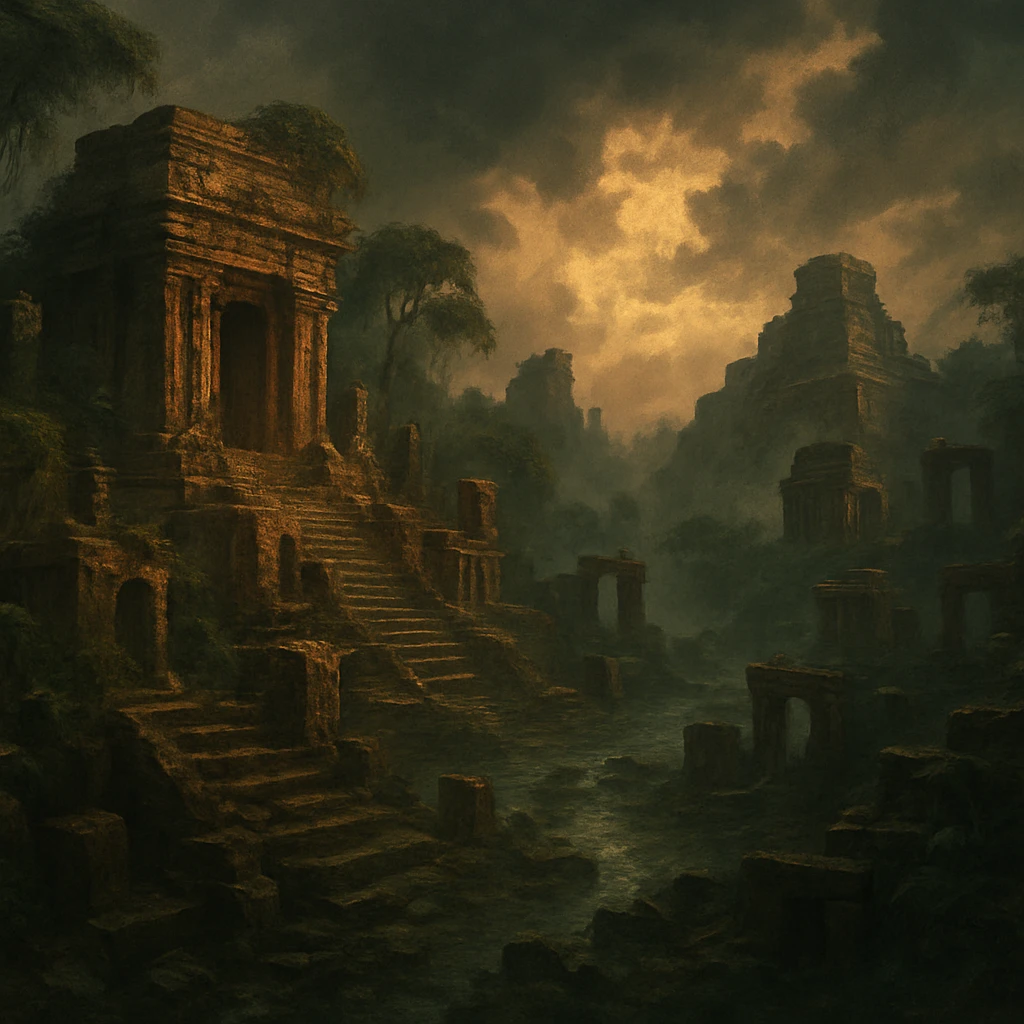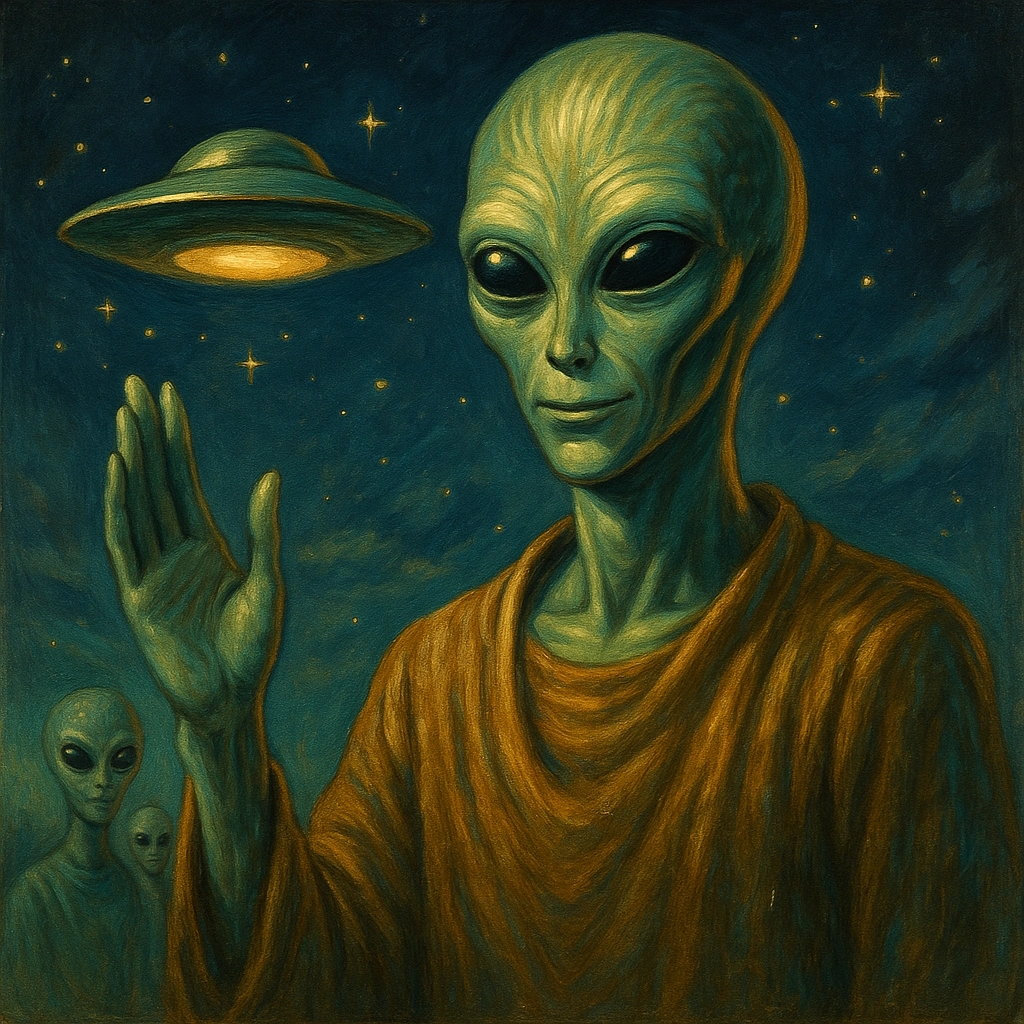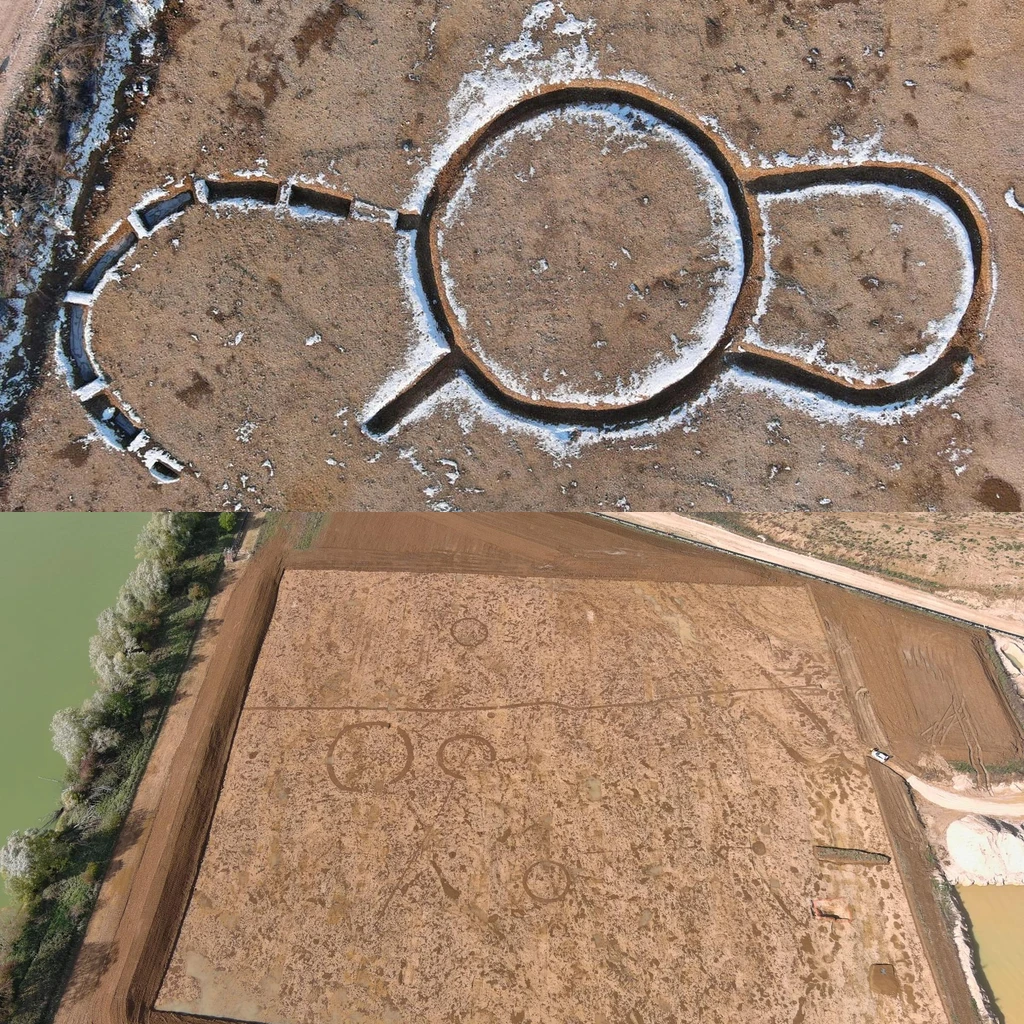The Anunnaki, an Alien Race
The First Printed Account (1880)
In March 1880, British archaeologist George Smith published translations of ancient Mesopotamian tablets in his book "The Chaldean Account of Genesis." Among them were references to a group of beings known as the Anunnaki - powerful figures from the Sumerian pantheon. Though described as gods, their advanced knowledge and commanding roles led some to believe they may have been something more.
Sumerian Origins and Roles
The Anunnaki, central to Sumerian myth, were said to descend from the heavens to shape human affairs. Often portrayed as powerful judges and bringers of agriculture and law, they represented the cosmic order from which kingship and civilization emerged. Later interpretations assigned them deeper symbolic or even extraterrestrial significance.
- Name Meaning: "Anunnaki" translates to "those who came down from heaven," hinting at otherworldly origins.
- Role in Creation: Some myths describe the Anunnaki forming humans from divine clay, establishing a divine link to humanity.
- Divine Hierarchy: Texts describe a structured order with high gods like Enlil and Enki overseeing others.
- Temple Symbolism: Towering ziggurats honored the Anunnaki and were believed to bridge heaven and Earth.
- Judges of the Dead: In later traditions, they appear as underworld judges, shaping morality beyond life.
Alien Intervention Theories
Some believe the Anunnaki were not mythological gods but advanced extraterrestrials who influenced early human civilization. These ideas draw from interpretations of ancient texts, strange artifacts, and gaps in the historical timeline of human development.
- The Ancient Astronaut Theory: Popularized by Zecharia Sitchin, this theory claims the Anunnaki came from a distant planet and intervened in human evolution.
- Genetic Engineering: Some believe the Anunnaki combined their DNA with primitive hominids to create a working class of humans, as described in reinterpreted Sumerian texts.
- Gold Extraction Motive: Theorists claim humans were engineered to mine gold needed to repair the Anunnaki's atmosphere - a recurring theme in ancient alien circles.
- Technological Echoes: Structures like ziggurats and mentions of flying craft are cited as possible remnants of Anunnaki technology.
- Global Influence: Similar sky-god stories across unrelated cultures - from Sumer to Mesoamerica - fuel the idea of a single, guiding alien race influencing humanity worldwide.
Links to Megastructures and Lost Knowledge
Some theorists connect the Anunnaki to the construction of massive ancient structures, like the pyramids of Egypt or the ziggurats of Mesopotamia. They point to architectural alignments, unexplained stonework precision, and mathematical knowledge far ahead of its time. Could this knowledge have been passed down from an advanced alien race?
Cultural Echoes Across Civilizations
References to sky gods, shining beings, and divine visitors exist in cultures around the world - from the Nephilim of the Hebrew Bible to the Viracochas of South America. Supporters of the Anunnaki theory suggest that these parallels are not coincidence, but shared memories of a forgotten encounter with beings from beyond Earth.
The Skeptical Perspective
Mainstream archaeologists and historians argue there is no credible evidence linking the Anunnaki to alien life. They view the myths as metaphors for natural forces or ancient rulers, shaped by the religious and cultural views of early civilizations. From this angle, the alien interpretation is seen as a modern myth layered onto ancient stories.
A Modern Mystery That Endures
Despite criticism, the idea of the Anunnaki as ancient aliens continues to thrive in books, documentaries, and conspiracy circles. Whether viewed as symbolic deities or visitors from the stars, they represent one of humanity's most persistent questions: Did we once share this planet with beings from beyond our world?








